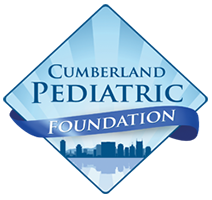Poverty and Child Health in the United States
In 2013, the American Academy of Pediatrics (AAP) included “Poverty and Child Health” as a strategic priority. 1 in 5 children live in poverty. Living in poverty affects various developing physiological systems and can have detrimental health consequences that are severe and lifelong. The AAP has just released their Policy Statement on Poverty and Child Health in the United States. Click below to read the full statement.
http://pediatrics.aappublications.org/content/early/2016/03/07/peds.2016-0339
Pediatricians are uniquely positioned to help children and families with access to resources. The AAP also has a great section on resources for practices, including screening tools and resource links. Click below to visit the Practice Tips page.
